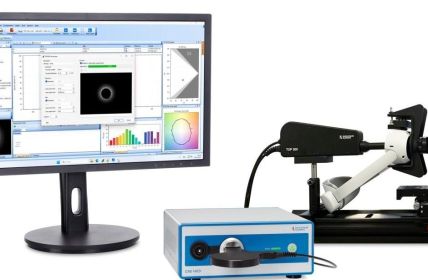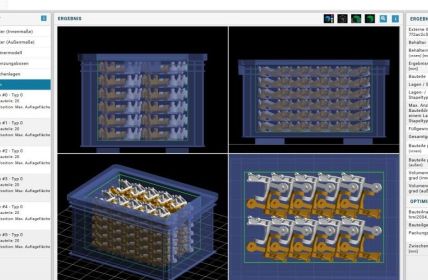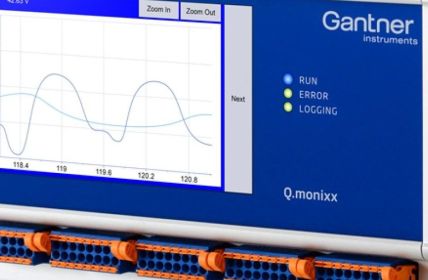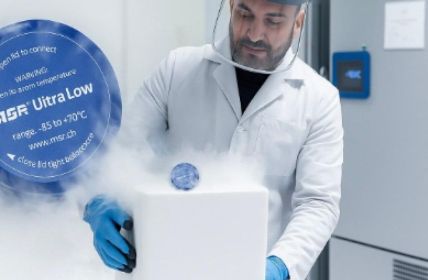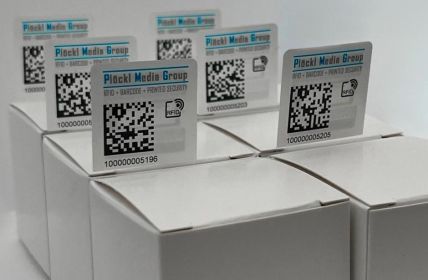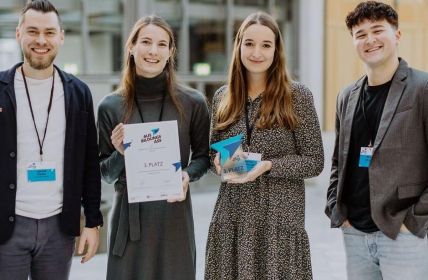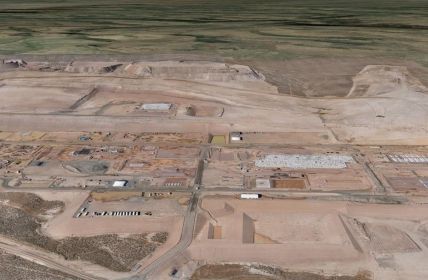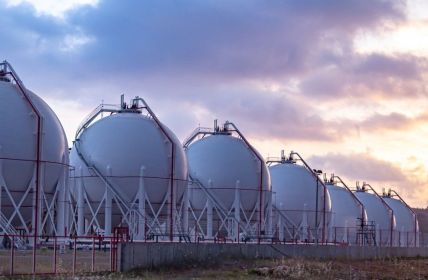Mobile communications provider Vodafone has successfully installed a new 5G station for the Karlsruhe district. The goal is to connect the entire region to the network, increase its capacity, and close its coverage gaps.
Table of Contents: What awaits you in this article
5G: the coming new standard
With 5G, all already established services can be used, but with a significantly increased speed boost. Faster download times are possible with this new technology, as are high-resolution video and live streaming of cultural and sporting events. The further reduction in latencies in the milisecond range creates the real-time basis on which networked and autonomous mobility really becomes possible.
Anyone who has 5G-compatible hardware will be able to use it at any time when the stations are expanded. A 5G-capable router will thus be able to connect up to 64 devices (televisions, notebooks, smartphones, tablets) to 5G simultaneously. It is therefore assumed throughout the industry that the new standard will displace the significantly slower DSL variant in the future.
Vodafone: Infrastructure project for the Karlsruhe district
The Düsseldorf-based company has set itself the task of providing the Karlsruhe district with full coverage of the upcoming 5G standard. To this end, it has set up a new mobile communications station in the regions of Oberhausen-Rheinhausen, Ettlingen, Karlsruhe and Espenau. This thus represents a new stage in the expansion of the company’s ambitious basic project.
In the vicinity of the new installation, there are already 41 other areas connected to 5G. Another 25 stations are to follow by mid-2022. In addition to Karlsruhe with a planned 17 connection points, two each are planned for Bretten and Karlsbad. One each will be built in Ettlingen, Waghäusel, Kraichtal and Bruchsal. At the end of this construction project, the entire population of the district should be connected to the 5G network as a matter of course as is already the case today with LTE and GSM mobile broadband technology.
5G in the Karlsruhe district: upgrading old infrastructure
In order to drive its project forward quickly, Vodafone will initially use already established mobile communications structures. Wherever it is technically possible, 5G technology will be added. At these 193 sites, 5G antennas will be installed on the roofs of municipal facilities, commercial enterprises and private homes, as well as on church and observation towers and on masts. In this way, the entire connection is to be implemented successively over the next few years.
Karlsruhe district: further LTE construction projects planned
Notwithstanding the district’s 99.9 percent utilization of the Vodafone network, the company is planning a further 12 LTE projects by mid-2022. In addition to a completely new site in Malsch, additional equipment is to be installed at 11 other locations. To this end, already existing LTE technology will be supplemented with additional antennas in order to be able to increase the speed and volume of transmissions. Three such upgrades are under discussion for Ettlingen and Karlsruhe, two for Rheinstetten and one each for Waghäusel, Kraichtal and Bad Schönborn.
Vodafone: IoT supplier for business and private customers
Vodafone Germany supplies every second German with communications technology. Whether at work or at home, much of today’s Internet, mobile and television technology is linked to Vodafone services. Vodafone’s 4G network already connects 98 percent of all German households. Its intelligent low-energy wireless technology for machines (narrowband IoT) covers 97 percent of domestic space. Germany’s first 5G network was launched by Vodafone in mid-2019. By the end of 2021, 30 million Germans should be connected to it, it said.




